1. Killer Clowns Terrorizing Suburbs (2016)
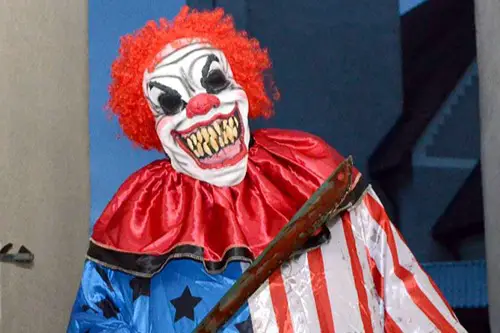
In the fall of 2016, America briefly lost its mind over creepy clowns supposedly stalking neighborhoods and lurking outside schools. Social media was flooded with videos and grainy photos, prompting school lockdowns and even FBI statements. Parents panicked, police responded, and Halloween that year felt like a horror movie preview. But then, just as suddenly as they appeared, the clowns vanished without a trace.
It turned out most of the sightings were hoaxes or pranks, amplified by internet hysteria. Some people were even arrested for dressing up and scaring others. Within days, the news cycle moved on, and so did the clowns. We haven’t really heard from them since—not even a goodbye honk.
2. The Murder Hornets (2020)
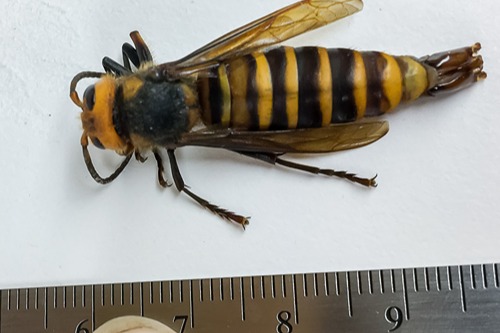
In May 2020, as if the pandemic wasn’t enough, headlines screamed that “Murder Hornets” had arrived in the U.S. These thumb-sized insects from Asia were said to decapitate bees and potentially kill humans with their venomous stings. News outlets warned of an impending ecological and apocalyptic disaster. Cue the collective flinch from every beekeeper and bug-phobe in the country.
But after a week of horror-themed coverage, the buzz died down. Scientists quickly clarified that only a few had been spotted and the threat was localized and manageable. A handful of hornets were tracked and eradicated in Washington State. The “murder” was canceled, and we never got the sequel.
3. The Great Gas Shortage Panic (2021)
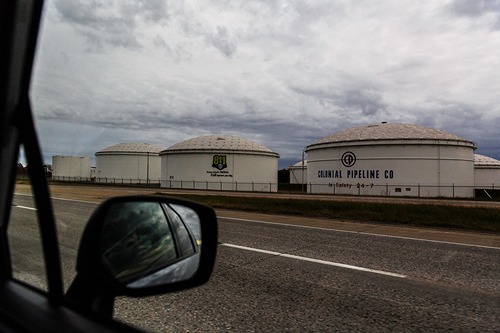
When the Colonial Pipeline was hit by a ransomware attack in May 2021, Americans panicked like it was Y2K all over again. Long lines formed at gas stations across the Southeast, people hoarded fuel in plastic bags (yes, really), and prices spiked. News outlets ran wall-to-wall coverage of the “gas crisis.” Some compared it to the 1970s oil embargo.
But within a few days, the pipeline restarted, fuel supplies stabilized, and the drama dissipated. Authorities urged calm, and by Tuesday, stations were restocked and mostly panic-free. In hindsight, the shortage was more psychological than physical. But for 48 hours, it felt like Mad Max was on the horizon.
4. Tide Pod “Epidemic” (2018)
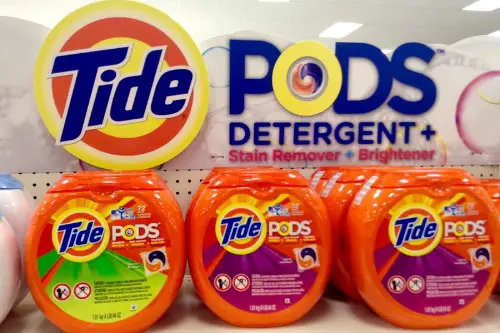
In early 2018, there was widespread panic over teenagers supposedly eating Tide Pods for social media clout. Headlines labeled it a “dangerous new teen trend,” and YouTube scrambled to take down videos. Politicians and public health officials urged detergent manufacturers to make pods look less tasty. Even Tide enlisted Rob Gronkowski to plead, “Don’t eat pods.”
But it turned out almost no one was actually eating them. Most of the posts were jokes or memes, and poison control didn’t see a significant spike. It was mostly media hype and a misunderstanding of internet irony. By the next week, it was yesterday’s detergent.
5. Ebola in the U.S. (2014)
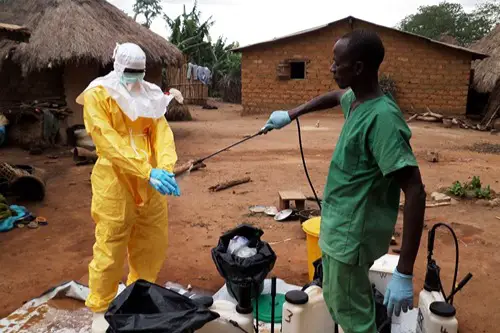
In 2014, Ebola cases in West Africa led to a brief but intense panic in the U.S. After two healthcare workers in Texas tested positive, coverage reached a fever pitch. Airports screened passengers, cable news featured outbreak graphics, and people feared a nationwide epidemic. Calls for travel bans echoed through Congress.
Yet the spread never happened. The CDC contained the cases, and the virus was stopped before it could spread beyond a few isolated patients. By mid-week, the hysteria had faded, and people realized the actual threat was incredibly low. Ebola went from leading headlines to background noise almost overnight.
6. The “Blue Whale” Suicide Game (2017)
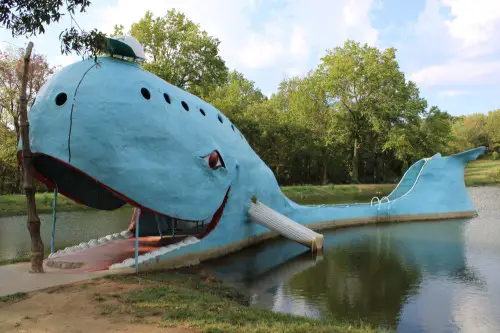
In 2017, reports circulated that an online “game” called Blue Whale was encouraging teens to complete a series of disturbing tasks, culminating in suicide. Parents and schools were warned, and international media picked up the story. It was framed as a social media-born public health emergency. But no one could quite verify if the game even existed in the form described.
Investigations found no widespread evidence linking the game to actual suicides. Experts called it a moral panic fueled by viral misinformation. Schools sent home letters, and then… nothing happened. The game disappeared as quickly as it surfaced.
7. The Great Vape Crisis (2019)
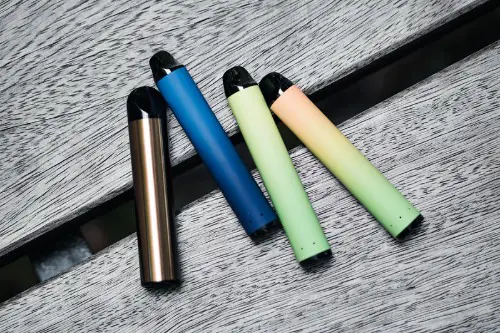
In 2019, a rash of lung injuries was linked to vaping, prompting officials to label it a national crisis. Teen vaping was already a concern, but now there was talk of a mysterious, deadly illness dubbed “EVALI.” Parents threw away devices, vape shops braced for bans, and some states issued emergency rules. Juul became a four-letter word.
However, most cases were traced back to illicit THC cartridges, not legal nicotine vapes. Once that distinction became clear, the panic cooled. The crisis didn’t go away completely, but the hysteria did. By Tuesday, most people had already moved on to the next health scare.
8. The USPS Mail Crisis (2020)

During the 2020 election, fear spread that the U.S. Postal Service was being sabotaged to prevent mail-in ballots from arriving on time. Photos of dismantled mailboxes and headlines about sorting machines being removed added fuel. Lawmakers held emergency hearings and social media fumed. It was portrayed as a democracy-threatening emergency.
Then Election Day came and went without a massive postal meltdown. Most ballots were delivered on time, and the expected delays never materialized. Within days, the story faded from front pages. USPS kept delivering, rain or shine—or viral panic.
9. The Swine Flu Panic (2009)
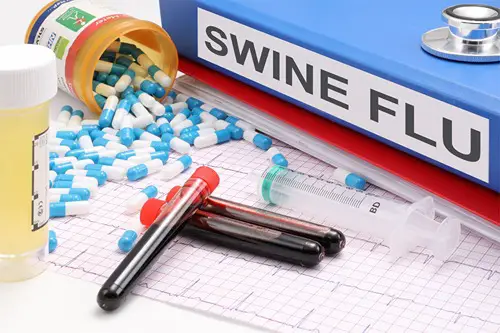
In the spring of 2009, the H1N1 “Swine Flu” outbreak led to school closures, emergency declarations, and apocalyptic headlines. People wore masks, canceled travel plans, and feared a global catastrophe. The CDC warned of widespread transmission. Vaccine development was rushed into overdrive.
But the outbreak ended up being milder than feared. It spread, but caused far fewer deaths than a typical flu season. Panic cooled almost as fast as it had flared up. And by Tuesday, we were back to business as usual—with a few extra Purell bottles around.
10. Y2K (1999–2000)
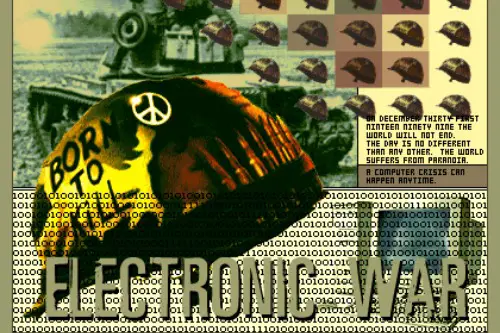
Ah, Y2K—the OG crisis that never was. As the year 2000 approached, people feared that computers would crash, planes would fall, and toasters would turn against us. Governments and companies spent billions to fix date-related coding issues. New Year’s Eve was less about fireworks and more about whether ATMs would self-destruct.
But the transition came and went without major issues. Some clocks got confused, a few systems hiccupped, and that was it. The world didn’t end—it barely noticed. By the first Tuesday of 2000, the biggest concern was the hangover.
11. Bird Flu (2005)

In 2005, H5N1—better known as bird flu—was the new global terror. News outlets speculated it could mutate and become the next great pandemic. Stockpiling began, travel warnings were issued, and governments drafted grim response plans. It felt like the early script of a disaster movie.
But the virus never made the jump to efficient human-to-human transmission. Cases remained rare and localized. By the following week, public interest had plummeted. The bird flu quietly flew out of the news cycle.
12. FaceApp Russian Data Scare (2019)

FaceApp went viral in 2019 for aging users’ selfies, and then came the warning: it’s Russian! Reports claimed the app was a Kremlin-backed data grab, and your face might be ending up in a Moscow database. Politicians called for investigations. People deleted the app in droves—after posting their aged selfies, of course.
But cybersecurity experts said the panic was overblown. The app wasn’t doing anything more invasive than most social platforms. The story fizzled in less than a week. By Tuesday, everyone was back to scrolling Instagram filters.
13. The TikTok “Devious Lick” Vandalism Trend (2021)
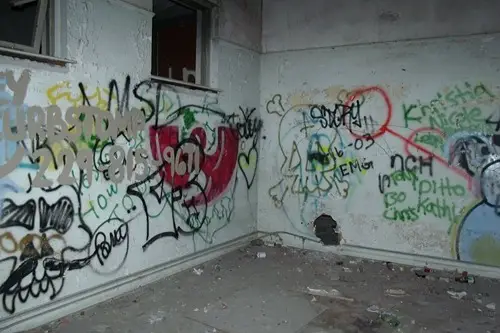
In September 2021, students were supposedly vandalizing schools en masse as part of a TikTok challenge called “Devious Licks.” Bathrooms were wrecked, soap dispensers stolen, and officials issued stern warnings. TikTok took down the hashtag, and schools cracked down. It was treated as a full-blown Gen Z insurrection.
But the trend fizzled almost immediately. Most videos were staged, and actual incidents were limited. By Tuesday, it was already morphing into parodies and meta-jokes. The real “lick” was on everyone who took it too seriously.
This post 13 Things That Were Declared a National Crisis—Then Vanished by Tuesday was first published on American Charm.


